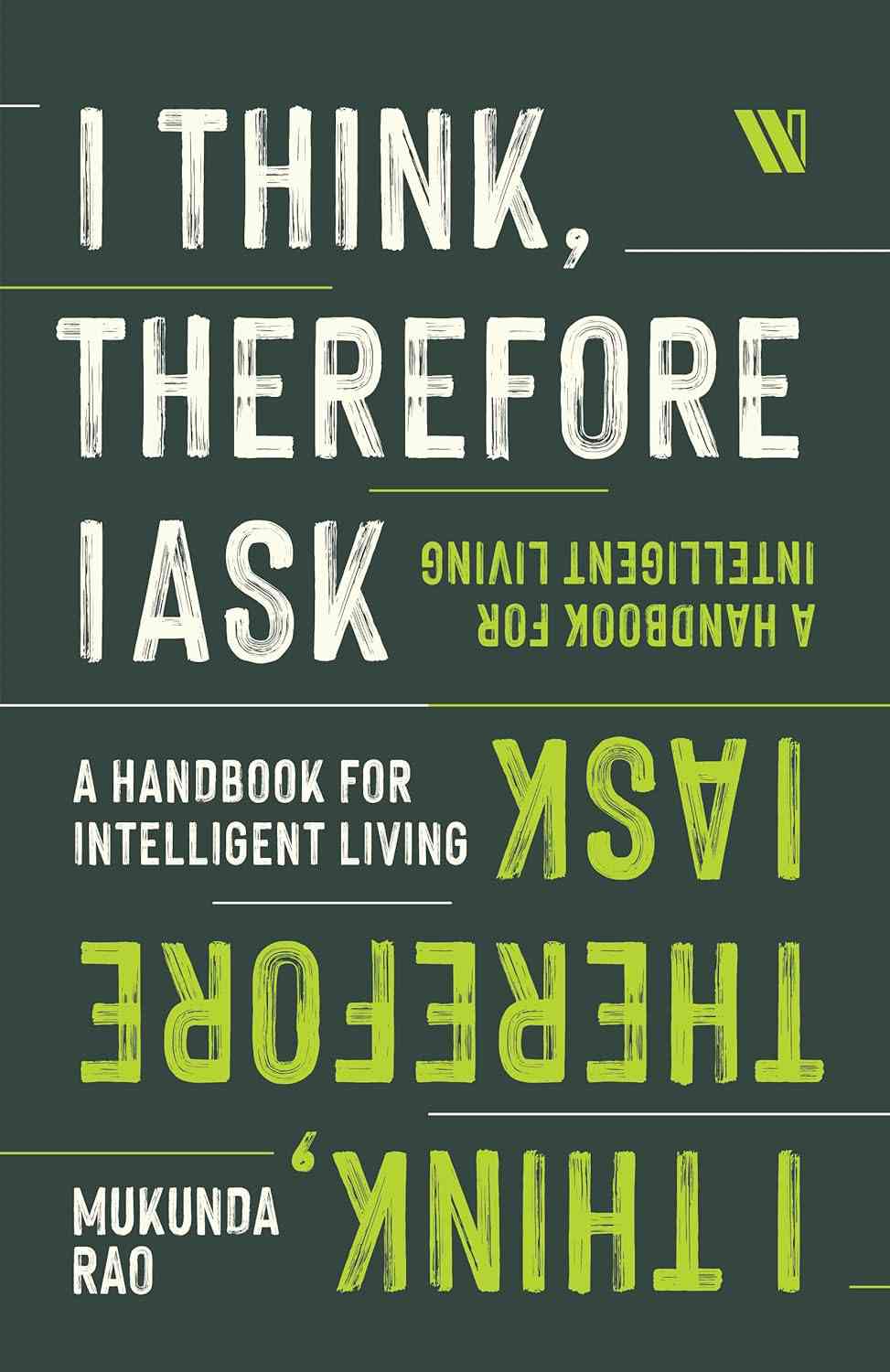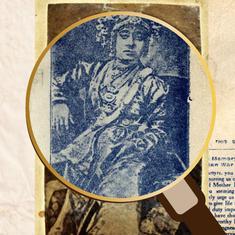In the 1960s and 1970s, lyricists, musicians and singers created some of the most beautiful love songs for Hindi movies. Besides the enchanting play of melody, romance and erotic feelings, in which the whole universe seemed to participate, the most endearing aspect about some of these songs was the sense of wonder and mystery they expressed about love. The wonderment about love sometimes included wonderment about the whole of life in general. In effect, it often took the form of questions that went something like this: What is this life all about? Until yesterday, I did not know you, yet I feel today that I cannot live without you. Who are you? Who am I? What is this irresistible attraction between the two of us? Is this what they call love?
What’s more, some of these love songs took the form of bhakti, or devotional songs, that sounded like the cry of the soul seeking union with the beloved to dissolve into oneness. And it comes as no surprise that these love songs expressing romance were filmed in the lap of nature, with flowers blooming across a lush green landscape, or in pouring rain, drenching the lovers and the earth.
Nowadays, love songs may not express a sense of wonder about relationships, least of all the elements of bhakti, but they do express quite candidly the desire for physical pleasure, companionship and union. Some may find this gross but it is a genuine expression of love.
It is interesting to note here that even in bhakti, the cry of the soul is expressed in physical terms. Rather, the physical becomes the heart and soul of the spiritual quest. For instance, Akka Mahadevi, in one of her powerful poems, conflates bodily experience with the transcendental so that the spirit speaks through the flesh: “The arrow that is shot should penetrate so deeply that even the feathers do not show/ Hug the body of the lord so tightly that the bones must be crushed to crumble/Weld to the divine until the very welding disappears.”
Then again, these days, “love” has become too general a term to express strong feelings. Attraction towards money, power, sports, music and chocolates is also called love. Indeed, love is a multidimensional emotion. Along with parental and sibling love and conjugal love between man and woman, present in movies, literature and life, is the remarkable and bold declaration of love between men, women, non-binary and transgender people.
Love is one of the primary emotions besides anger, fear, joy and sorrow. It is also a biological and cultural response. Neurochemicals such as testosterone, oestrogen, dopamine, oxytocin and vasopressin trigger physiological processes that influence the expression of love and many other emotions. Activated by thought, the endocrine glands trigger the chemical process. But the expression of emotion is shaped and strengthened by culture. Depending on your background, you may give an endearing smile and say “I love you”, invite a person for coffee at a restaurant, or offer them chocolates. And if you didn’t know how to express it, you may simply point at a tree, a rising moon or a setting sun and exclaim, “See, how beautiful that is!”
In the case of transgender love, culture works as a repressive and terror-inducing force. The mind may deceive us, and tell lies in a hundred crafty ways, but the body speaks only the truth. Despite societal pressure, biological impulses cannot be curbed. In interviews and in their writings, transgenders have spoken about the overwhelming feeling to seek the company and touch of others. It is like the scream of god, perhaps stronger and more authentic than it is in the realm of bhakti. And the trans people realise there is strong expectation from them to deny the most authentic aspects of their personality. The stories of trans people and their untold suffering exposes the cruelty of our cultures and religions, and how little we know about human nature and the ways of life.
Now, there is another side to love that needs to be considered with honesty. Love is considered a positive, life-affirming emotion, but we cannot be blind to the fact that it can be a negative and destructive force as well. As an expression of affection, kindness and concern for others, love undoubtedly makes the world a happy place. But love sometimes also results in self-centredness, vanity, egotism or self-righteousness, along with an overanxious attachment to people, things and ideas.
There is no point in arguing that negative emotions have nothing to do with love, or that “pure” love is always life-affirming and positive, for that is not how love, as passion, operates in reality. When you are in love and loved, life seems wonderful, but when it is denied and you feel separated from everyone, life is miserable. It is a fact that most people will try anything to secure the well-being of those they love, even if it means destroying the happiness and lives of others. For the sake of family, nation, religion, god or a cause they love most, some people will sacrifice anything.
People kill others out of love for an ideology or god and suffer no guilt because doing so for transpersonal ideals and not personal reasons is acceptable. That is how genocides are committed. And such people are treated as heroes and martyrs.
These actions are not the fault of love. But it is certainly the flaw of the self that is made up of both love and hate, empathy and apathy, compassion and revulsion. Is it possible to choose one over the other? It is! But we have not succeeded. We have been unable to overcome a deep flaw in the makeup of our selves.
In the gospel according to Matthew (5:43-48), Jesus Christ says, “You have heard that it was said, ‘You shall love your neighbour and hate your enemy.’ But I say to you, love your enemies and pray for those who persecute you, so that you may be children of your Father in heaven.”
In one of his songs, Purandara Dasa, a 15th-century Kannada poet-saint, urges you to “invite your enemy home and serve him a good meal.”
One can imagine many heads shaking and muttering: “This is all a little too much to ask. At best, I can decide to not curse or harm the person who hates me. But how can you pray for your enemy and invite them for a meal at your home, or love them? That’s impossible! It goes against human nature. It’s all right for a saint to advocate and practise such behaviour, but I am only human.”
The logic, however, is profoundly simple: loving your parents, spouse, children, friends, neighbours, is not that difficult. The real test of love lies in loving the one who hates you. What is love if it cannot be extended to all, including your so-called enemy? What is love if it is not forgiving and all-embracing?
One of the aspects of Gandhi’s principle of non-violence was an all-embracing love. It means recognising the so-called “evil doer” as your brother and a victim of circumstance, not somebody who is intrinsically a bad person. It was not just a humane method of conflict resolution through dialogue, mutual respect and understanding, it was also, and more importantly, recognition and acceptance of our indubitable mutual dependence, our natural need for mutual love, cooperation, growth and peace.

Excerpted with permission from I Think, Therefore I Ask: A Handbook For Intelligent Living, Mukunda Rao, Westland.










